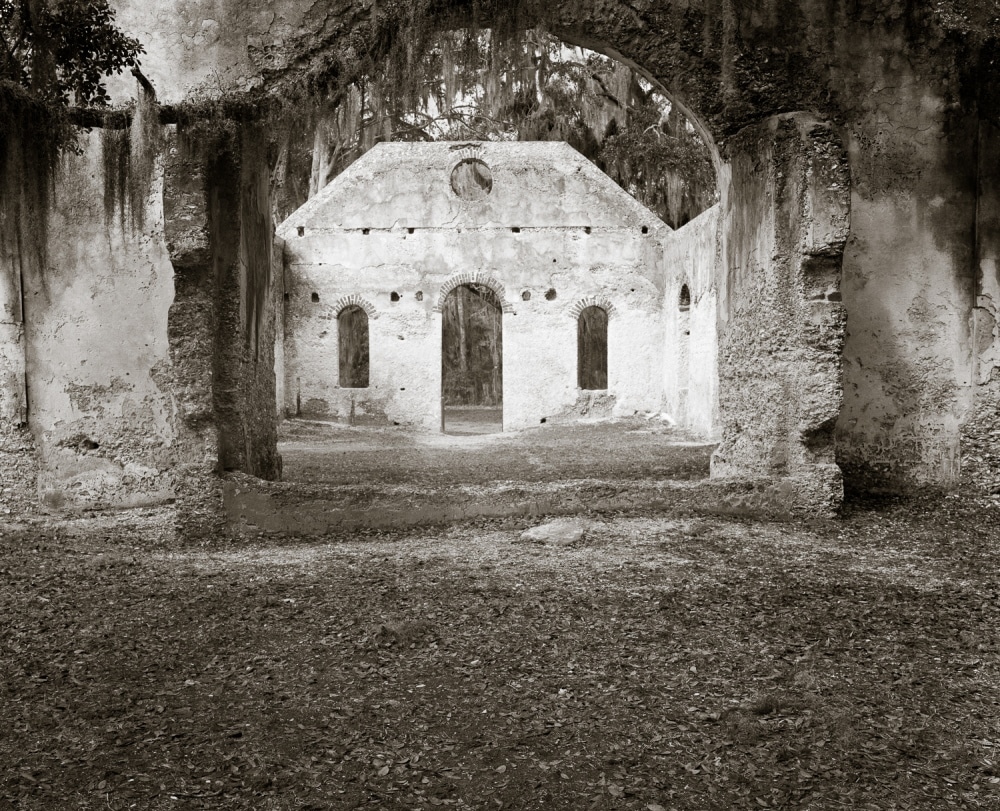
I like taking photographs, but I love making photographs. And making photographs requires stewing over them.
This article comes from a selfish, artist-centric perspective, but I thought you might appreciate hearing what one artist thinks about rushing the process of artmaking.
Making art has nothing whatsoever to do with enjoying art. In fact, when the process of making art becomes important to the process of enjoying art, something has gone terribly wrong. The end result should stand on its own without you having to consider whether the artist used oils or watercolors, or fat brushes or bamboo sticks, or a digital camera or a film camera, or whether it took the artist 5 minutes to make the artwork, or even 5 years. Enjoying art requires only the finished piece, the fine art product.
So, why even talk about the extraneous aspects of making art? Because sometimes we artists need to remind ourselves to slow the hell down and stop being in a such a rush to produce “anything, just to get it on social media.”
Making art is one of those things you can’t rush. Even Bob Ross, who used to create those beautiful mountain landscapes in 30 minutes on TV back in the 80s, would make a number of practice proofs of the scene before going on camera. He sure did make it look easy, though.
In this digital age, so much is made of how quickly a photograph can go from “click” to “share.” Smart phones have literally shortened this time to mere seconds through any cellular connection. Thousands of software tutorials show us how quickly we can modify a straight photograph, right from the camera, to any number of “artistic” renderings with just a few clicks of the mouse. But is ‘being quick’ a good way for an artist to behave?
Using film like I do has a way of slowing the process of making a picture. Selecting a composition, setting up the camera, and even recording the shot in my field log is a very deliberate and careful process.
After settling on a composition, the picture-taking process is very mechanical, very non-creative. I think it’s fun, but I can surely understand why some wouldn’t find it so. Then there is the time-consuming process of getting the picture to a state where I can see what I actually took (or more precisely, what the camera gave me). First I have to develop the film, and it often takes me a couple weeks to get to that. Next, I have to scan the negatives–which may take a day or two–and still I only have a very preliminary look of what I envisioned in the field.
But once I have the negative digitized, the creative part starts again. And it takes me days to weeks to turn what the camera gave me into a finished fine art print for exhibition.
That’s the point with making art: you can’t rush it. It should be a very deliberative process. Numerous artistic decisions and actions have to be made; often by trial and error. Some of these deliberations are downright painful in terms of the mental anguish involved. But this ‘stewing’ over my art is so worth it.
As with many things in life, the personal return from making art is proportional to the level of investment: the more I find myself stewing over a particular photograph, the more excited I get about it. I feel very little emotion toward pictures I take with my iPhone and share through social media. In such pictures, I’ve invested almost nothing. They are mere snapshots.
Pictures that require personal investment and stewing are a different story. I like taking photographs, but I love making photographs. And making art requires stewing over them. Often it’s a fight. Sometimes it turns to hate. Sometimes I win, sometimes I lose. Regardless, I’ve learned something in the process as an artist, and from that I get personal satisfaction.
What do you think about this? Have I overlooked an element of making art that benefits from doing things fast instead of deliberately? I’d love to hear your thoughts.
“Chapel of Ease” is available as a large-scale, hand-varnished fine art print from here, and you can see other images from the Carolina Lowcountry while there.
